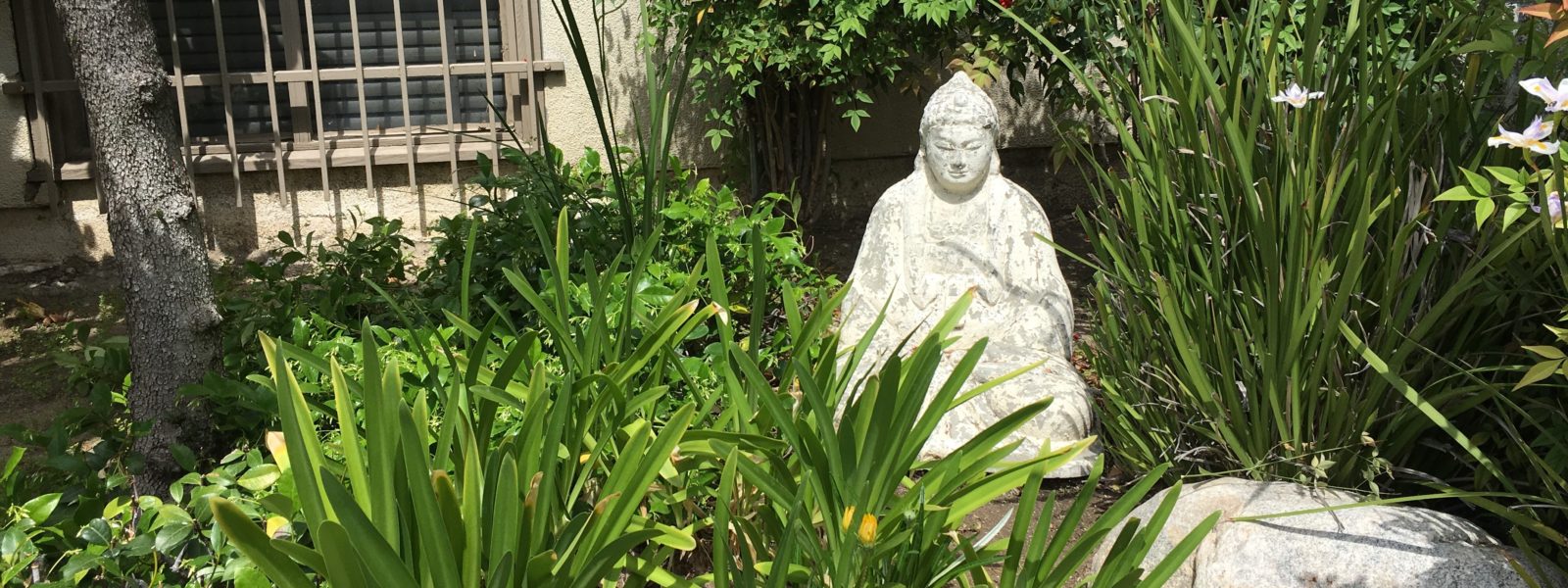To See the Buddha
The Getty Center recently offered a viewing of the video, “Buddhist Art: A Fragile Inheritance,” which focused on the efforts of various art and cultural institutes to restore centuries-old Buddhist cave art in various locations such as in Bhutan and Ladakh in the Himalayas, and in Dunhuang, China.
Though many of the images were worn by age, the elements, and the presence of people, clearly they had once been striking and sophisticated. One could not help but ponder the devotion of the artists to produce such amazing depictions.
Most of the film focused on the causes of the deterioration of the paintings. In addition to the natural aging of the ancient works, some had been subjected to defacing by floods, marauding invaders and cultural revolutionaries. Moreover, it was pointed out that millions of tourists visit these sites and that simply the presence of so many people breathing and perspiring in the caves is enough to exacerbate the fading of the illustrations.
However, one cause of the damage was due to the use of traditional butter lamps placed in front of the paintings as devotees offered prayers and ritual practices. During the question period following the video, some people asked about this, wondering why the devotees didn’t realize the harm they were causing. It appeared that a number of people in the audience were art, culture, and history aficionados and possibly had not considered the religious
dimension of this action, and what it may have meant to the local Buddhists.
From the Buddhist point of view, there are a few other things to keep in mind. First, all things are impermanent. Even with the best restoration efforts, the art will someday disappear for any number of reasons, some of them stated above. While it may be sad to see such work disappear, we must ask ourselves why we feel sad. Are we being religious materialists, or is it because we mourn the loss of something beautiful, in this case a work of art? Do we feel the same way about the flowers on our altar when they wilt and die? They are there to remind us of impermanence. Certainly some people get depressed or wistful about “losing their looks,” which means that their suffering is caused by resisting change and clinging to past images of themselves. We need to learn to let go.
In 2001, the Taliban obliterated two giant sixth century statues of the Buddha carved into cliffs in the Bamiyan Valley of Afghanistan on the Silk Road. The popular story was that Islamic hardliners decreed that all idols should be destroyed, though other Buddhist iconography can still be found in the area. Another explanation was that the local government was enraged when the UN offered funds to care for the statues but not for starving children. Whether this was true or not, it should cause us to see things in another perspective. What is the value of this art?
For artists, cultural historians, anthropologists and the like, there is a certain value that is measured in various ways. For Buddhists, while the wanton destruction of anything is sad, we must understand not only that all things are impermanent, but also that these are mere depictions of something that really has no colour or form, but that exists in a very active sense in each of us and in the world around us. Sometimes images of the Buddha are used as skilful means to help us to focus on Truth-Reality or Wisdom and Compassion. But it is said that as Shakyamuni Buddha lay dying, he admonished the monks to remember the following:
“Life is ever changing; none can escape the dissolution of the body. This I am now to show by my own death, my body falling apart like a dilapidated cart. Do not vainly lament, but realize that nothing is permanent … Do not cherish the unworthy desire that the changeable might become unchanging …
“… the true Buddha is not a human body: – it is Enlightenment. A human body must die, but the Wisdom of Enlightenment will exist forever in the truth of the Dharma and in the practice of the Dharma. One who sees merely my body does not truly see me. Only those who accept my teaching truly see me.” [Teachings of the Buddha]
We can appreciate anything for its beauty and for the devotion that someone may have put into creating it but let’s remember to keep it in a natural perspective. At the same time, we may always rest assured that the true essence of the Buddha is infinitely active for those who truly have eyes to see.
Gassho,
Rev. Patricia Usuki

